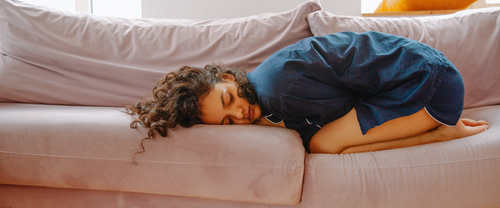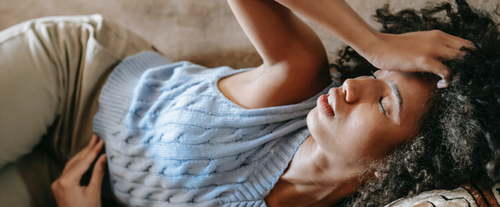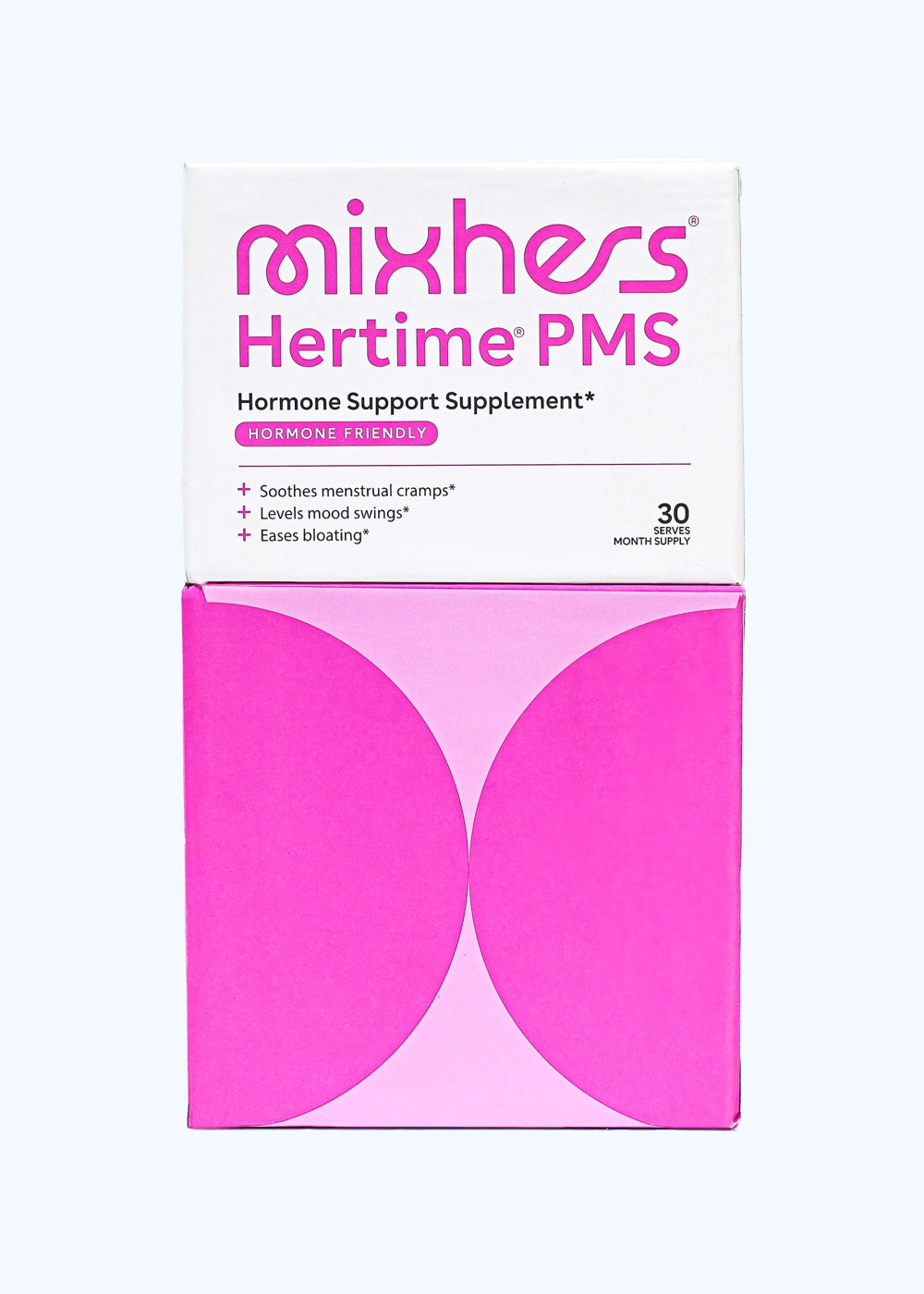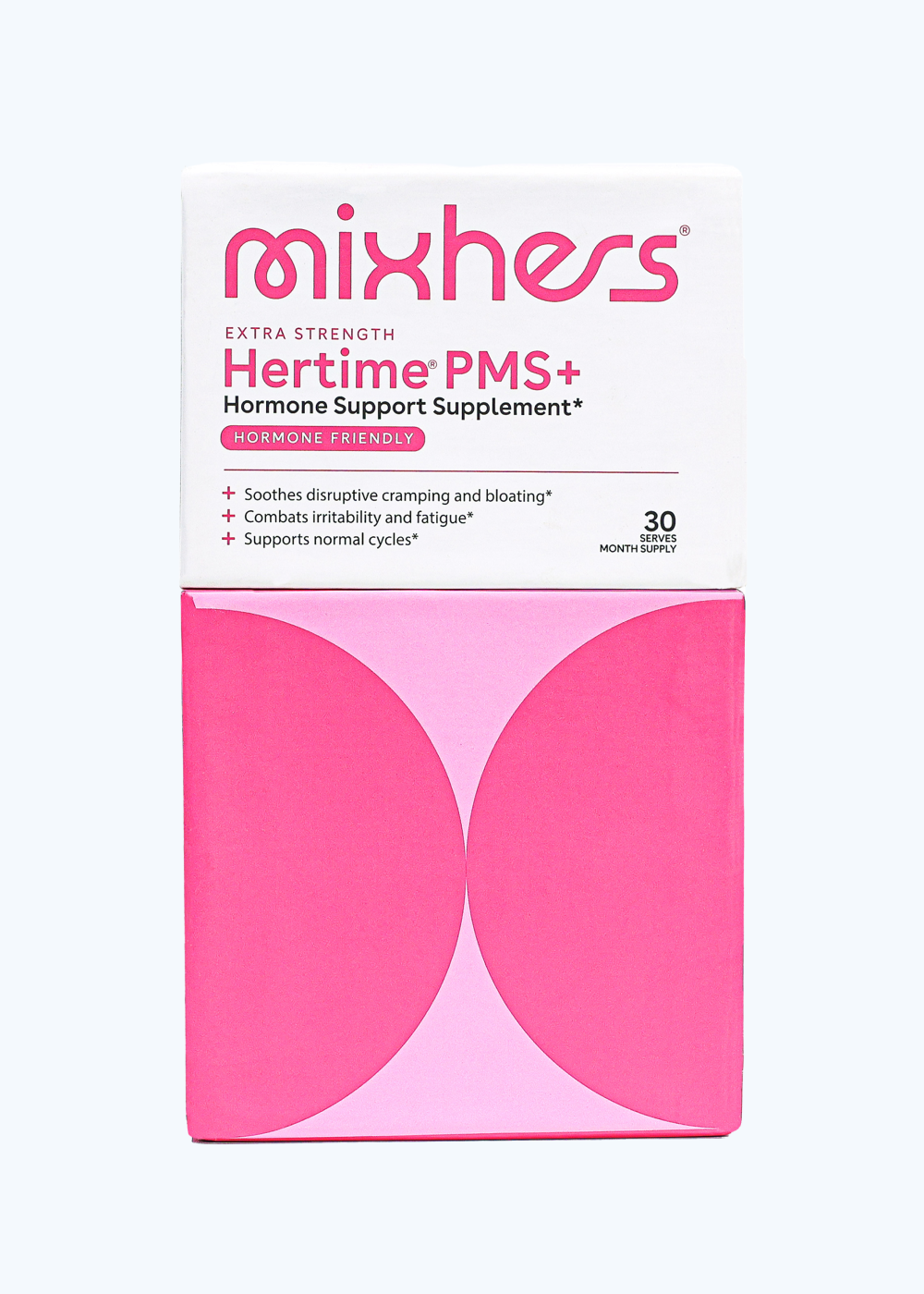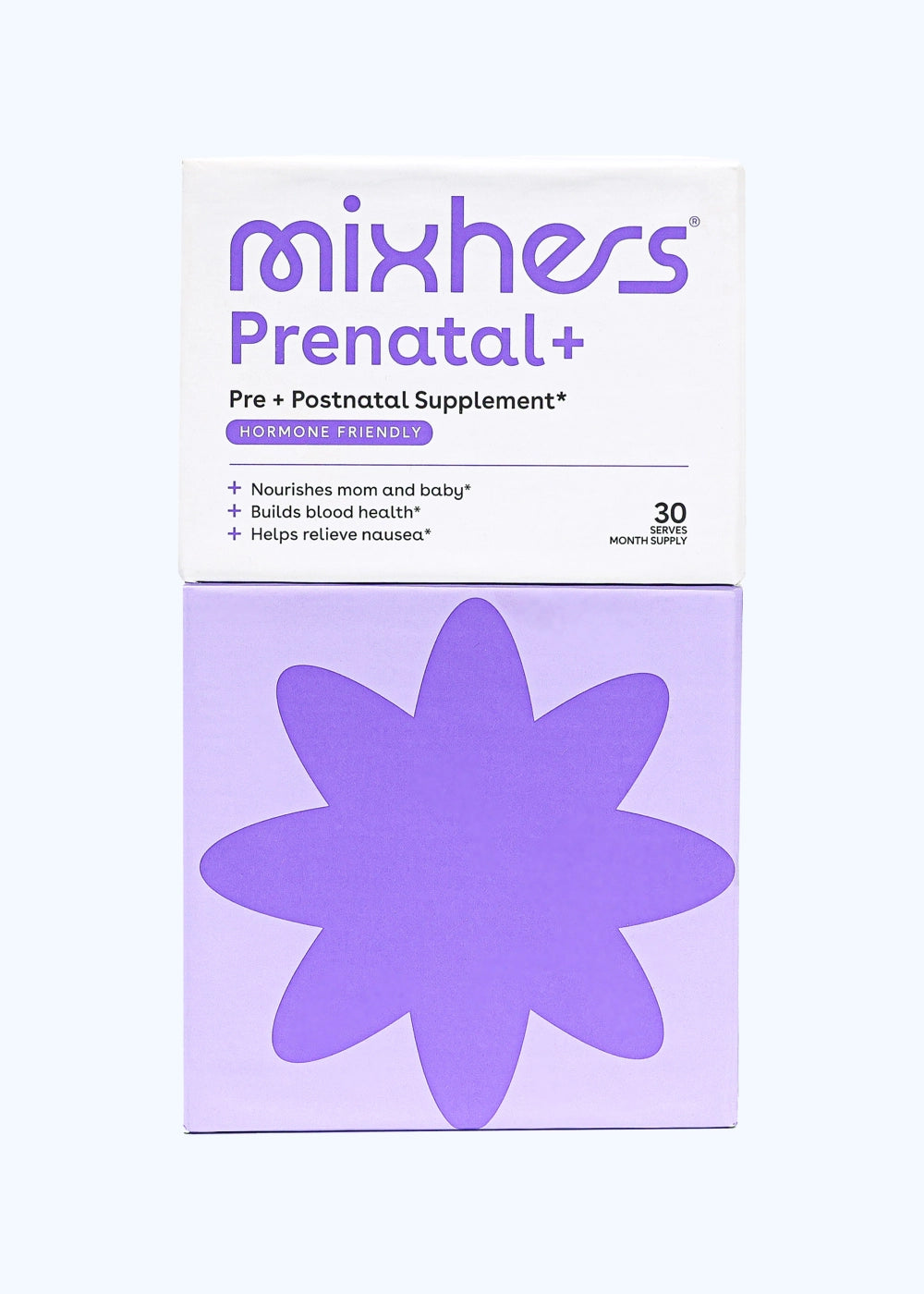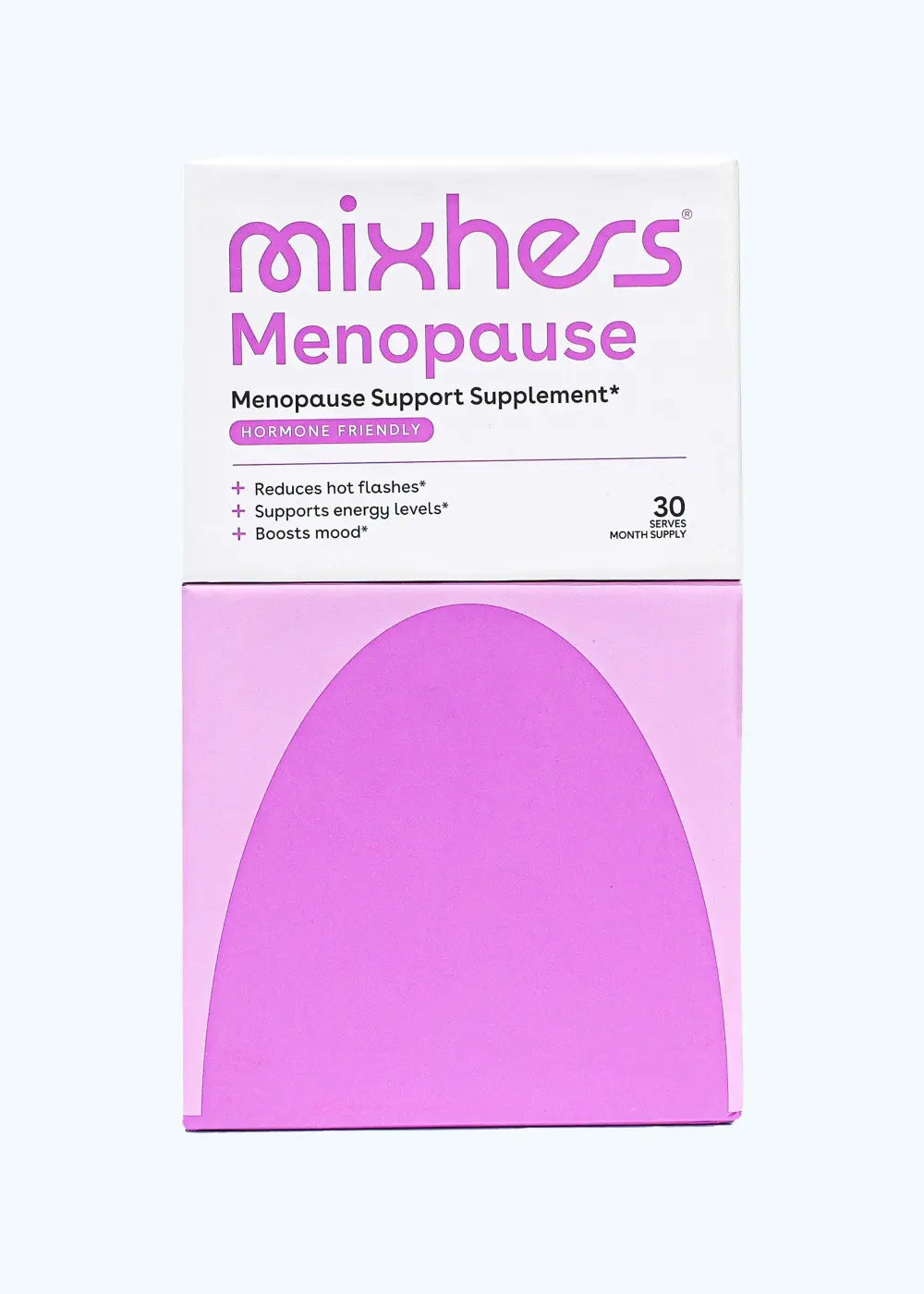The menstrual phase or menstrual period is a fancy way of saying ‘period,’ ‘aunty Flo,’ ‘that time of the month’… you get where we’re going with this. Whatever you want to call it, this phase starts with the first day of your period and lasts for about three to seven days, although the length of this phase can vary from woman to woman. The menstruation phase starts if the egg released in your previous menstrual cycle wasn’t fertilized. Because you aren’t pregnant, the levels of estrogen and progesterone in your body drops.
The drop in estrogen and progesterone causes the lining of your uterus, called the endometrium, to break away and work out of your body through your vaginal canal. Special spiral-shaped arteries supply the lining with blood, oxygen, and nutrients. These arteries constrict when your period comes closer to curb the amount of blood loss that happens when your endometrium starts to break away. Still, your menstrual fluid is made up of blood mixed with bits of your uterine lining and cervical fluid, including cervical mucus.
During your period, you may experience some of these symptoms:
- Breast tenderness
- Irritability and mood swings
- Headaches
- Tiredness
- Feeling bloated
- Cramps and lower back pain
- Diarrhea
Your body is going through a pretty big change process during the menstrual phase. While your body is shedding your uterine lining, there is some trauma as the breaking away of your uterus’ lining creates a wound. It really is no different from scratching your knee or elbow. Your body needs time to heal and regenerate during each menstrual cycle, even when you are likely to have around 450 of these throughout your life. While you are healing, it is normal to feel tired and need to rest and relax. Seriously – each month, we wound and heal ourselves. Isn’t that in itself something to admire?
The follicular phase coincides with the menstrual phase. It starts with the first day of your period and lasts until you ovulate. The follicular phase’s average length is around 16 days but can range between 11 and 27 days.
During the follicular phase, your hypothalamus tells your anterior pituitary gland to release something called follicle-stimulating hormone (FSH). FSH causes one of your ovaries to develop ovarian follicles (also referred to as Graafian follicles). An ovarian follicle is a sac that contains fluid along with an immature egg. Your body produces between five to twenty ovarian follicles in each follicular phase.
About halfway through the follicular phase, the strongest egg-containing follicle, called the dominant follicle, produces estrogen and grows and develops further. Usually, only one ovarian follicle turns into a mature egg while the others die off. Women who have more than one baby at once (like twins or triplets) have multiple mature eggs in their ovarian follicles at the time of conception. The ovary that produces the egg alternates each month.
At the same time that your follicle is developing, the higher levels of estrogen stimulate your endometrium to grow thicker and prepare to house a fertilized egg – again. While happening at the same time as the follicular phase, this process is called the proliferative phase.
The proliferative phase has three stages that get triggered by the amount of estradiol in your body. The first stage involves the regeneration of the endometrium. The second or mid-proliferative phase sees a further development of the endometrium. The last state (late proliferative phase) will see the endometrium reaching a thickness of between 0.05 to 5mm. It is also during this time that the spiral arteries that supply the endometrium with blood flow develop.
Your cervix also changes during the proliferative phase. The area becomes less acidic, dilates, and expands to create a more welcoming environment for incoming sperm.
During the follicular phase, your pituitary gland also produces more luteinizing hormone (LH). The higher levels of LH (called an LH surge) triggers the next menstruation phase – ovulation.
The follicular phase brings about a lower basal body temperature. You are also generally more extroverted during this phase. Some researchers believe that this is to attract potential mates right before you ovulate.
About two days after the luteinizing hormone levels in your body start to rise, and between 10 to 12 hours after it has peaked, ovulation is triggered. You then enter the ovulatory phase of your menstrual cycle.
During the ovulation phase, your body releases a mature egg from the dominant follicle on the surface of your ovary. In the case of twins or triplets, multiple eggs are released. The mature egg(s) moves into your fallopian tube and are guided to your uterus. In the uterus, the egg gets implanted in your uterine lining if it has been fertilized. If it hasn’t been fertilized, it disintegrates and leaves your body along with your menstrual fluid.
A mature egg stays alive for about 24 hours. If the egg gets fertilized by a sperm, it will implant into the lining of your uterus and develop into a fetus; if not, it will die off. You can only get pregnant when you are in the ovulation phase of your cycle. Although an egg only lives for 24 hours, sperm can stay alive inside you for up to five days. That means you can become pregnant if you have had sex up to five days before you ovulate.
The ovulation phase usually happens around the middle of your cycle (on day 14 if you have a 28-day cycle) and about two weeks before your period starts.
During the ovulation phase, you might notice a slight increase in your basal body temperature. You could also see a slightly thicker discharge.
Heightened levels of estrogen and testosterone during this phase might give you these fantastic symptoms:
- You feel confident and attractive
- Your skin is clear and radiant
- You are on your social A-game
- A heightened libido and increased sensuality
When you ovulate, the egg separates – bursts, really – from its follicle. The follicle, however, stays attached to your ovary. Over the next two weeks, during the luteal or secretory phase, the follicle turns into something called a corpus luteum. The corpus luteum releases progesterone and a little bit of estrogen. The mixture of progesterone and estrogen allows your uterine lining to stay thick enough for a fertilized egg to implant in it.
If an egg is not implanted, the corpus luteum dies. This usually happens around day 22 during your 28-day menstrual cycle. The luteal phase usually lasts around 14 days but can vary from 11 to 17 days from woman to woman.
As the corpus luteum dies off, progesterone levels drop, and the lining of your uterus breaks away at the start of a new menstrual cycle.
During the luteal phase, you could experience the following symptoms (what we know as good old PMS):
- Bloating
- Swollen, tender, or painful breasts
- Weight gain
- Acne
- Constipation
- Changes in your mood
- Craving certain foods
- Changes in your libido
- Having trouble sleeping
Here are some tips to help deal with some of these symptoms.


